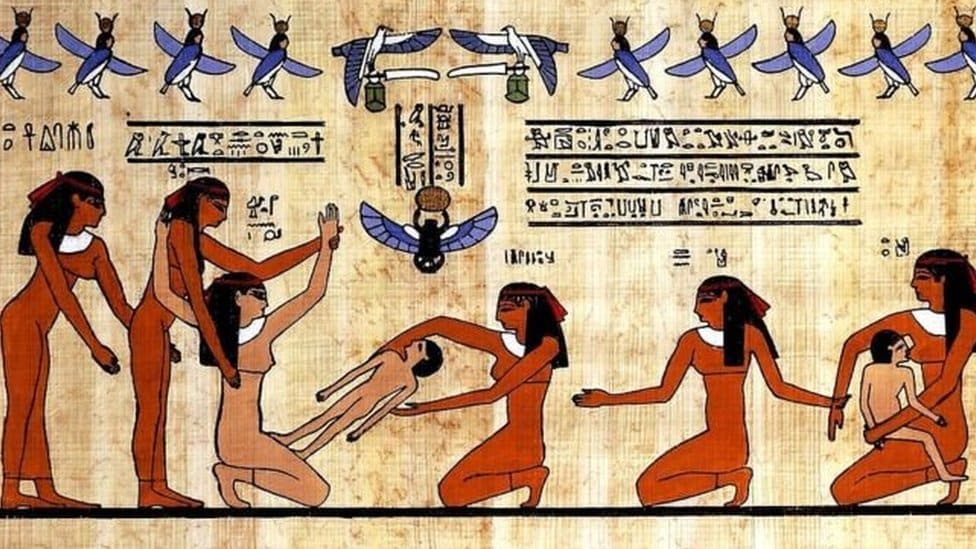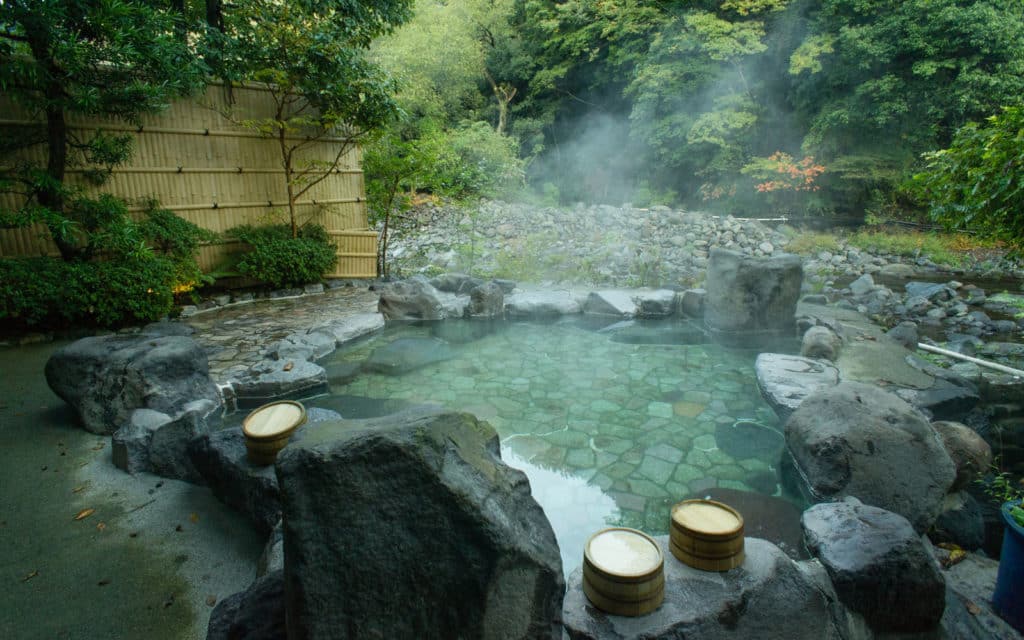Medical tourism is traveling to foreign countries to receive medical treatment for surgeries or other ailments. People from developed and industrialized nations often travel to less developed countries to receive such treatment. It is mainly due to sophisticated medical treatments at low costs and a high standard of care.
Medical Tourism is thousands of years old. From the Neolithic and Bronze Ages, people used to visit neighboring nations for minerals and hot springs. It began side by side with faith and pilgrimage. In ancient Greece, pilgrims and the unwell people came from all over the Mediterranean to the sanctuary of the Healing God Asklepios at Epidaurus.
In Roman Britain, patients took to the waters at the shrine at Bath, a practice that continued for 2000 years; much later, wealthy people began to travel to tourist destinations offering specialized medical care like the Swiss lakes, the Alps, etc. In this century, however, Medical Tourism has snowballed. Today, we have arrived at a period where individuals set out to different nations and continents for medicine and medication.
Medical tourism has existed for centuries in many different forms. During ancient times people visited mineral springs to be healed. And they also traveled from skin problems, muscle injuries, etc. There are records dating 5000 years back that have recorded Greeks traveling to countries like Tell Brak, Syria, for eye treatment. The Greeks traveled to Epidauria, considered the home of Asclepius, the God of health, to get healed.
People believed in the skin cleansing properties of the Dead Sea in the Middle East and traveled there. In the 15th-17th centuries, wealthy Europeans sought medicinal spas and mineral springs for health reasons because the sanitary conditions, in general, were poor. Even the Americans traveled to mineral springs and spas for health benefits before the War of Independence. In the early 1980s and 1990s, European and Israeli spas were another popular destination for medical tourism.
However, medical tourism is nothing new to this century. People from all over the Mediterranean used to come to Epidaurus, a sanctuary of the ancient Greek healing God, Asklepios. As early as the eighteenth century, wealthy people from various parts of Europe traveled to the many different spas in Germany and the Nile to undergo medical treatments for their ailments.
Similarly, people from many different parts of the world traveled to take the waters of a shrine at Bath. This practice continued for more than two thousand years. The situation has not changed much in the twenty-first century too. People are now prepared to travel long distances to find relief from their ailments.
Medical Tourism In Ancient Age

Some studies have suggested a strong link between religion and healthcare. Ancient literature notes that temple baths had therapeutic effects from the mineral thermal springs. Around 4000 B.C., the Sumerians built health complexes around hot springs. These temples had flowing pools, and numerous people visited them for health benefits. The tribes in the Bronze age around 2000 B.C. recognized the benefits of bathing in iron-rich mineral springs, and they used bronze drinking cups for the health benefits it could offer.
The Ancient Greeks were the first to lay out a comprehensive tourism network. Asclepius, the God of medicine, was honored by setting up the Asclepius Temples, which became one of the world’s first health centers. People traveled from different places in the world to these temples to cure ailments, and these flourished during 300 B.C.
Another example of a health complex was Epidaurus, which had a gymnasium, a temple, and thermal baths. Other temples like the Sanctuary of Zeus and the Temple of Delphi also included spas and hot water springs.
Medical Tourism In Middle Age

During the Middle age, after the fall of the Roman Empire, the temples in Asia gave way to hospitals to provide clinical services for medical tourists. In medieval Japan, hot springs called ‘Onsen’ came to be known for their healing properties. The Japanese warriors noticed these springs and would use them to heal themselves and alleviate pain. Not only these Islamic cultures also had health care systems that foreigners visited to heal themselves or get treatments.
As early as 1248 A.D., the Mansuri Hospital was built in Cairo. It was the most advanced hospital in the world and could treat about 8,000 patients at the time. Early Islamic civilization also attracted many medical travelers from around the world. Mansuri hospital was one such hospital in Cairo that attracted many people.
Mansuri Hospital in Cairo had an in-patient capacity of 8000 patient beds. Japanese Onsen was considered to have healing properties for arthritis aches. Warriors visited these Onsens to alleviate pain, heal wounds, and regain the energy lost during the war. The history of Indian Yoga dates back to 5000 years. There was a constant flow of patients and medical students from the Middle East and European countries to India during the ancient period.
Medical Tourism In Modern Age

Medical tourism was booming from the 14th to the 17th century. In the early 14th century, iron-rich hot springs that were very famous at the time were discovered near a village called Ville d’Eaux. Aquae Sulis. It emerged as a renowned wellness center frequented by the rich and famous. In the 16th century, the baths in Rome were rediscovered by the rich and the elite in Europe, so they visited the towns of St. Mortiz, Ville d’Eaux, Baden Baden, Aachen, and Bath in England.
So in the Renaissance era, the aristocrats and the rich crowded the spas. In 1720, England had to elevate their infrastructure because of medical tourism and developed a covered sewage system, beautified roads, and restaurants. In this century, the English and Dutch colonists also began to build log cabins near the mineral-rich springs, especially those with medicinal qualities. During the 18th and 19th centuries, people traveled to remote places like spas and health retreats, hoping to cure ailments like T.B.
U.S. and Europe were at the center of the healthcare world in the 20th century. And rich people from other countries traveled to these countries for complicated and critical treatments. It was in 1933 that the American Board of Medical Specialties was set up, and it became the umbrella organization for the medical specialty boards in the United States. The policies they set up have become the blueprint for treatment standards worldwide. Another similar setup was the European Union of Medical Specialties (UEMS), formed in 1958.
In the 1980s and the 1990s, the cost of healthcare began to rise, so Americans began to look for other places for medical treatments. And this is when India and other countries emerged as offshore destinations, especially for dental and cosmetic treatments.
In 1997 there was an economic crisis in Asia and the Asian currencies were devalued this is when a number of governments of Asian countries began to focus on healthcare marketing. In 1997 since a number of healthcare providers emerged internationally and so the Joint Commission International was also set up to investigate the international healthcare facilities for conformance to international standards. In the early 2000s, the Asian countries had become established medical tourism destinations, especially for elective procedures.
In 2006, about 150000 US citizens traveled to Asian and Latin American countries for dental and cosmetic surgeries. India, Thailand, and Singapore emerged as more popular destinations, especially on account of the JCI accreditations. In 2007, the number of patients traveling to these destinations jumped to 300000, especially for procedures like facelifts, bypass surgery, or fertility treatments. And in 208 a number of U.S. insurance companies had begun to consider medical outsourcing and offered it as an option to the insurers and some included them as part of the health plan coverage.
Today, medical tourism is expanding and has resulted in the globalization of healthcare. It has emerged as a value-added tourist product. Some of the reasons for the emergence of medical tourism include a broad range of motivators as well as the interest that developing countries are showing to capitalize on the flow of tourists and establish a strong link between medical care and tourism-related activities. The figure below shows the prominent hot spots for medical tourism that have emerged as tourism hubs.
The main reason for seeking medical treatments at foreign locations is the high costs in the home country. In some countries like the United Kingdom and Canada, the long waiting period is another major factor. Developing nations can offer similar treatment for around one-third or one-fourth of the costs at home. The waiting period is negligent. Additionally, you can also plan a vacation in a foreign country.
The countries leading in medical tourism include Costa Rica, Israel, India, Hungary, Cuba, Jordan, Thailand, Malaysia, and Lithuania. Recent entrants include Singapore, Poland, Panama, South Africa, and Belgium. You can seek all types of medical treatments and enjoy your time vacationing at safaris, beaches, picturesque locations, and other tourist attractions.
Additionally, international travel rates are now at a very affordable level. The favorable currency exchange rates across the globe and the vast strides of science and technology are improving medical standards. Even the developing nations can show the same degree of efficiency and infrastructure necessary for medical treatments.